Fridtjof Nansen
Speed read
Fridtjof Nansen was awarded the Nobel Peace Prize for his leading role in the repatriation of prisoners of war, in international relief work and as the League of Nations’ High Commissioner for Refugees.
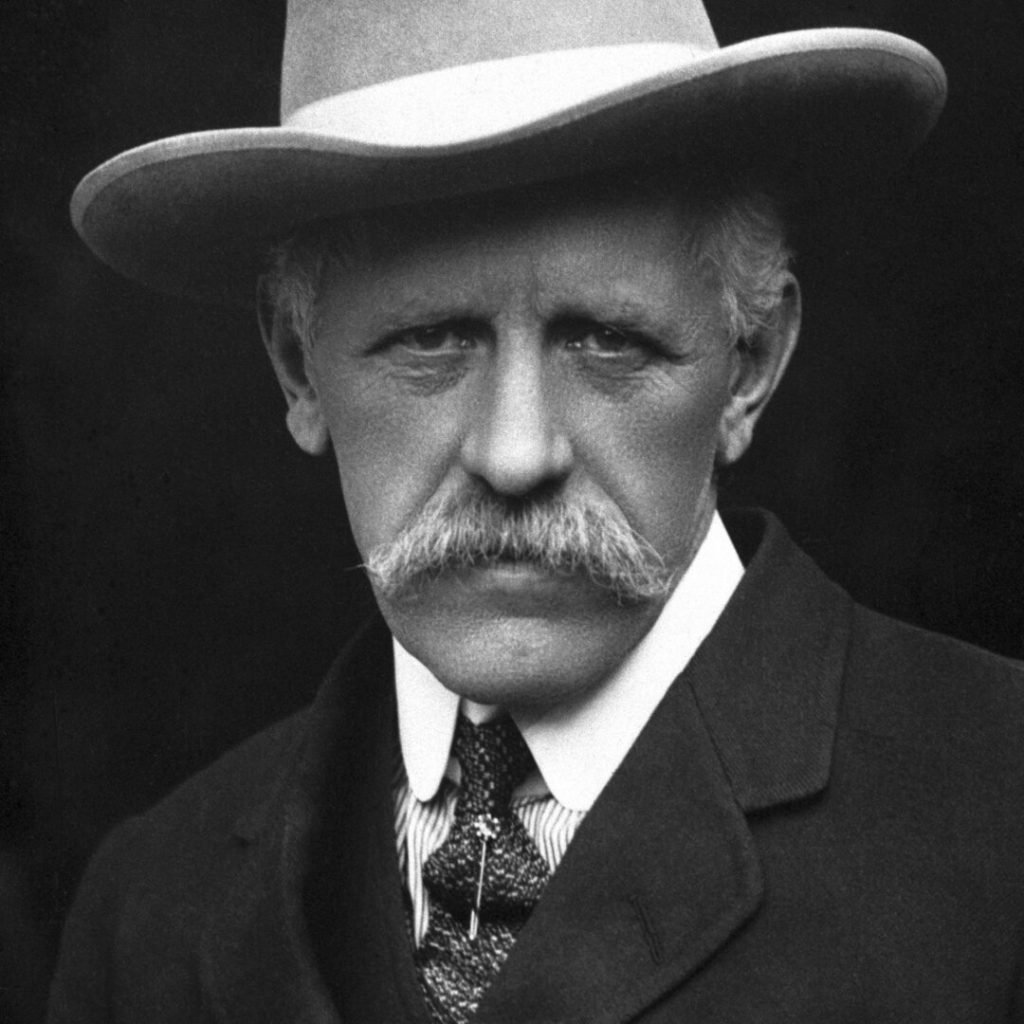
Full name: Fridtjof Nansen
Born: 10 October 1861, Kristiania (now Oslo), Norway
Died: 13 May 1930, Oslo, Norway
Date awarded: 10 December 1922
Helping refugees and famine victims
Fridtjof Nansen was a scientist, polar explorer, political activist and humanist. He earned a doctoral degree in zoology, crossed Greenland’s ice cap and endured harsh winters in the Arctic wilderness. He also actively supported Norway’s withdrawal from the union with Sweden in 1905. After WWI, Nansen oversaw the prisoner-of-war exchange between Russia, Germany and the Austro-Hungarian Empire under the auspices of the new League of Nations. He participated in relief efforts when famine broke out in the Soviet Union. In 1922 Fridtjof Nansen was named the League of Nation’s first high commissioner for repatriation of refugees. That same year, the League began to issue the “Nansen Passport” to stateless persons, enabling them to cross national borders. In his final years, Nansen dedicated himself to the cause of Armenian refugees.
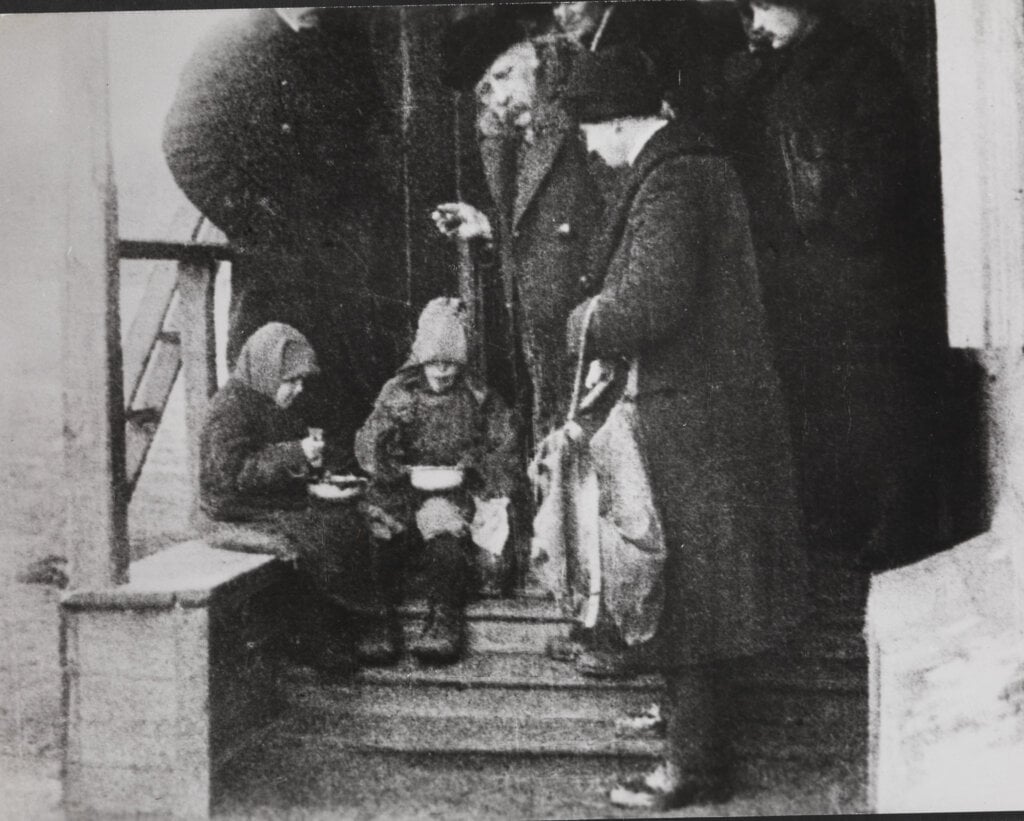
”When one has stood face to face with famine, with death by starvation itself, then surely one should have had one's eyes opened to the full extent of this misfortune.”
- Fridtjof Nansen, Nobel Lecture, 19 December 1922.
Polar explorer and nationalist
In 1888-89 Nansen crossed Greenland’s ice cap with three other Norwegians and two Samis. A few years later he spent two winters in the Arctic wastelands in an attempt to reach the North Pole on skis. This brought him international acclaim, which proved to be useful when Norway withdrew from its union with Sweden in 1905. Nansen was strongly in favour of dissolving the union, despite Swedish views that the break was unlawful. Nansen became Norway’s leading spokesman vis-à-vis other countries. As a result of his efforts, Great Britain sent a clear message to Sweden opposing the use of force against Norway.
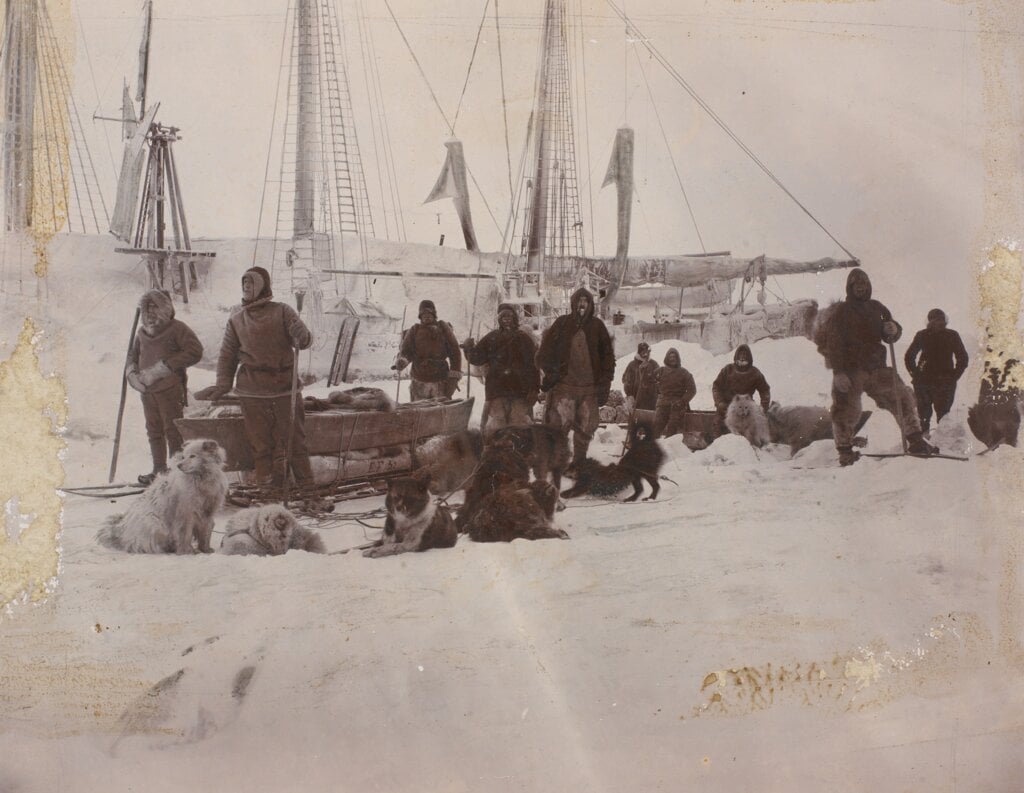
”What he has lived through, this man who has seen Europe’s misery at first hand and who has felt a sense of responsibility for it.”
- Fredrik Stang, Chairman of the Nobel Committee, Speech, 10 December 1922.
Famine and prisoners of war
In 1920 the League of Nations appointed Nansen to direct the post-WWI exchange of 400,000 prisoners of war between Germany, the Austro-Hungarian Empire and Russia. Nansen, an extremely popular figure in Great Britain, was able to convince the British government to finance the prisoner exchange. At the same time, famine broke out in the Soviet Union, and Nansen went there to help. The Western governments were sceptical, believing that Nansen was being used as a puppet by the Communist regime. Nansen, however, remained convinced that it was not in Europe’s best interest to isolate Lenin’s new regime.
The “Nansen Passport” and Nansen as high commissioner
After the 1917 Revolution, civil war erupted in Russia. Lenin revoked the citizenship of Russians who had fled to the West after the Communist victory, thus denying them the ability to cross national borders. Nansen took the initiative to establish a special passport issued to stateless refugees, and the Red Cross proposed that it bear Nansen’s name. The League of Nations approved the “Nansen Passport” in 1922, after having appointed Nansen as high commissioner for repatriation of refugees. Much sought-after, the Nansen Passport made it possible for well-known Russians such as Igor Stravinsky, Sergey Rachmaninov, Marc Chagall and Anna Pavlova to pursue new lives in the West.
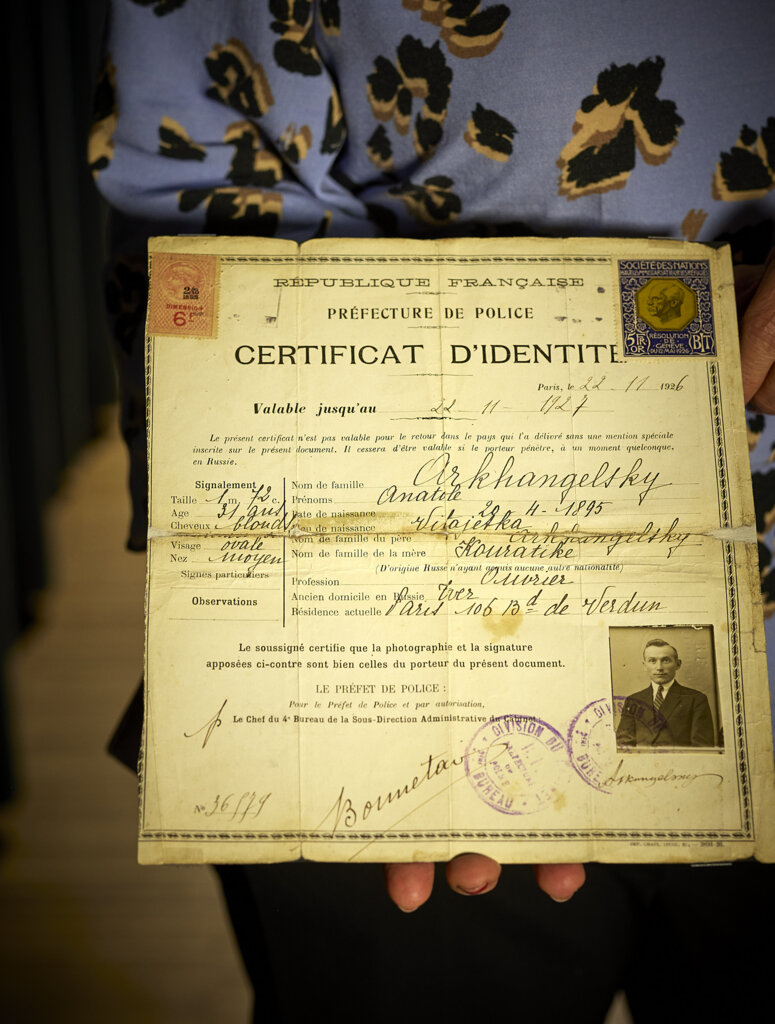
Support for the Armenians
In the late 1920s, Nansen dedicated himself to the Armenian cause. During WWI, the Allies encouraged the Armenians to rebel against the Turks, who were fighting on the side of Germany. This resulted in the tragic genocide of one million Armenians. Nansen campaigned for the establishment of a home for Armenian refugees from Turkey on the Soviet side of the border. By then, however, Stalin had assumed power, and was staunchly opposed to an independent Armenian state.
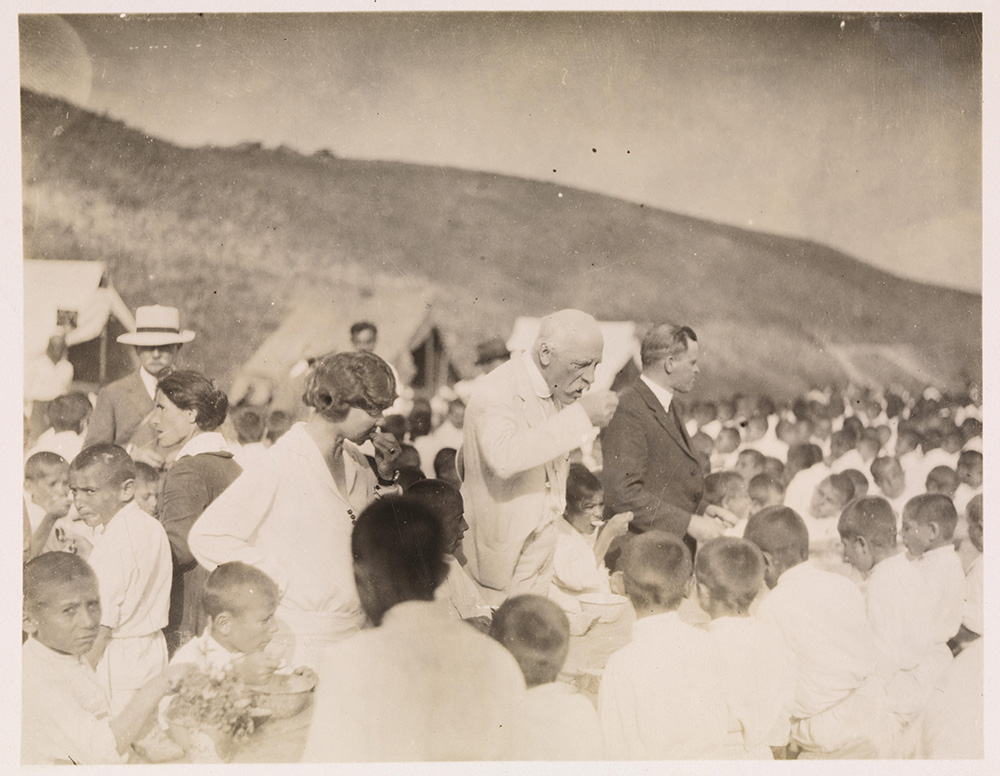
”Peace Prize laureates largely comprise a mix of opportunists, paragons of virtue and charitable benefactors. Nansen is not only one of the few winners who is truly deserving of this prize, but he has also managed to earn it in what is probably the shortest period of time.”
- Roland Huntford in ‘Fridtjof Nansen, The Man Behind the Myth’. Page 537, Aschehoug 1996.
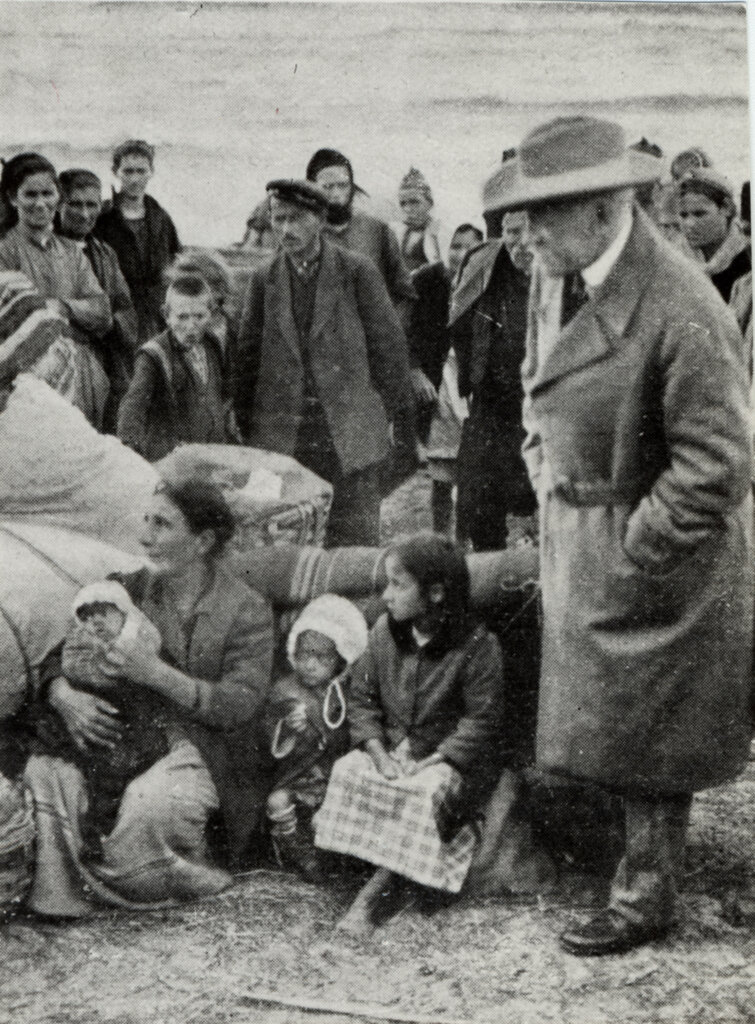
Learn more
Disclaimer: Every effort has been made by the publisher to credit organisations and individuals with regard to the supply of photographs. Please notify the publishers regarding corrections.
Nobel Prizes and laureates
See them all presented here.
